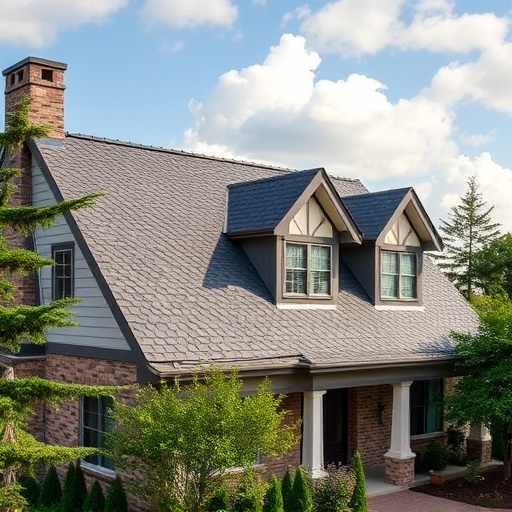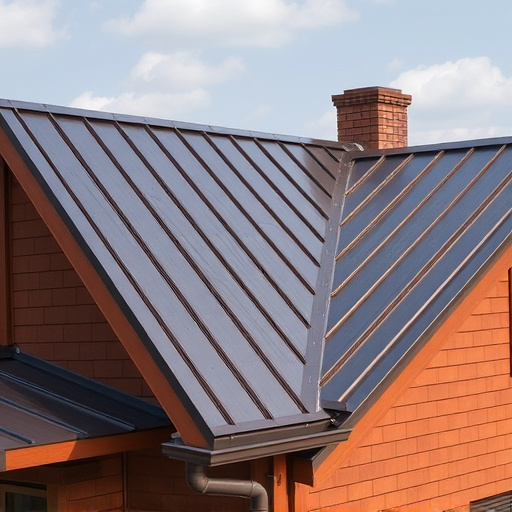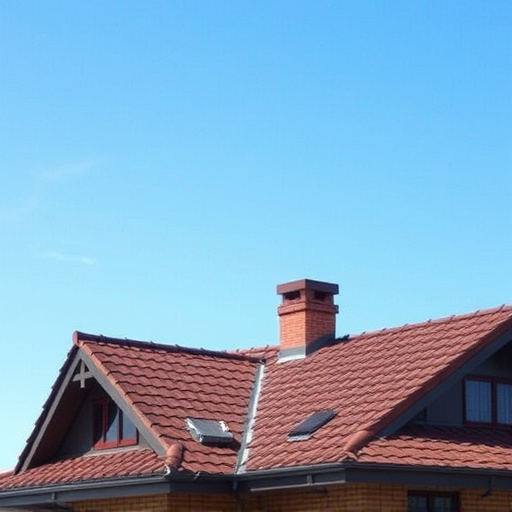Extreme weather conditions like heavy rain, strong winds, and freezing temperatures delay siding install projects by affecting drying time, material damage, and flexibility. Professionals should carefully schedule during favorable conditions, choose appropriate weather windows, and offer flexible scheduling to enhance customer satisfaction. Homeowners planning exterior improvements should be aware of these challenges and partner with reliable service providers for successful, efficient siding installations.
“Curious about how weather influences your siding install schedule? In today’s digital era, understanding the impact of extreme conditions is crucial for successful siding installations. This article delves into the intricate relationship between weather and siding projects, exploring common delays caused by factors like high winds, heavy rainfall, and subzero temperatures. Learn how to optimize your schedule, ensuring a seamless and efficient siding install process, and avoid potential setbacks.”
- Understanding Weather's Impact on Siding Installation
- Common Delays Caused by Extreme Weather Conditions
- Optimizing Your Schedule for Successful Siding Installations
Understanding Weather's Impact on Siding Installation
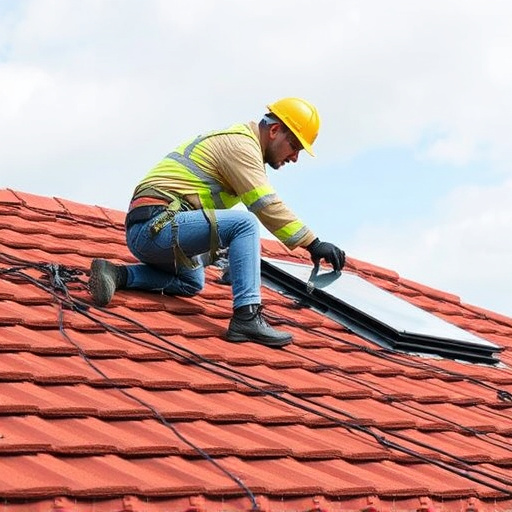
Understanding Weather’s Impact on Siding Installation
The weather plays a pivotal role in dictating the pace and timeline of siding install projects. Extreme conditions like heavy rain, strong winds, and freezing temperatures can significantly slow down or even halt construction work. Rain, for instance, not only makes it unsafe for installers to work outside but also delays drying time for newly installed siding materials, potentially leading to issues with adhesion and long-term performance. Similarly, high winds can cause damage to both the siding and installation equipment, while freezing temperatures can render certain types of siding inflexible and difficult to work with.
Roofing services professionals often need to carefully navigate these weather-related challenges by scheduling installations during more favorable conditions. For residential roofing or siding install projects, considering the forecast and choosing a window when the weather is cooperative ensures better outcomes. Home service solutions providers who offer flexible scheduling and communicate openly with clients regarding weather delays can enhance customer satisfaction and maintain their projects on track despite unpredictable climates.
Common Delays Caused by Extreme Weather Conditions

Extreme weather conditions are a common cause for delays in siding install projects. Heavy rainfall and strong winds can hinder progress by making it unsafe to work outside, as well as cause damage to materials, setting back the project further. Snowfall and icy conditions also pose significant challenges, as they not only make it difficult for workers to navigate the job site but can also lead to delays in material deliveries.
In addition, extreme heat can contribute to issues during siding installation. High temperatures can cause some materials to become warped or distorted, affecting their fit and finish. Moreover, intense sunlight can accelerate the deterioration of certain types of siding, necessitating repairs or replacements earlier than expected. For these reasons, it’s crucial for homeowners considering exterior home improvements to be aware of how weather conditions could impact their siding install schedule and plan accordingly with a reliable home service solutions provider.
Optimizing Your Schedule for Successful Siding Installations
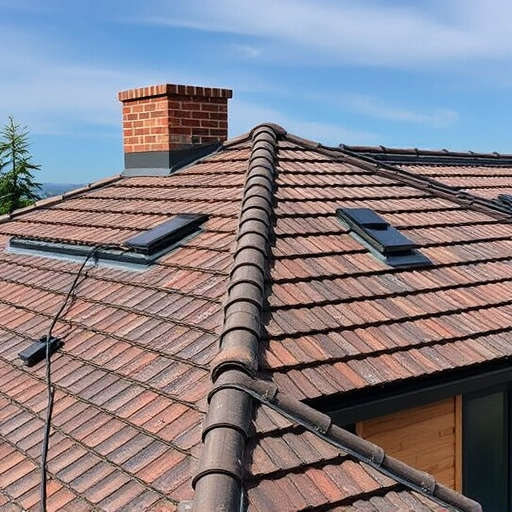
To optimize your schedule for successful siding installations, it’s crucial to consider weather patterns and seasonal changes. In regions with harsh winters or heavy rainfall, scheduling installations during calmer periods can significantly reduce delays caused by adverse conditions. For instance, planning projects in late spring or early autumn allows for milder temperatures and less precipitation, ensuring smoother work and faster completion times.
This strategic approach not only enhances the overall efficiency of your home exterior services but also guarantees high-quality workmanship. Professional siding installations require specific environmental conditions to achieve optimal results—a balanced climate that’s neither too hot nor too cold, with minimal wind and moisture. By aligning your projects with these ideal weather windows, you can ensure a seamless residential roofing transformation while minimizing potential setbacks.
Understanding how weather conditions can impact your siding install schedule is crucial for successful project completion. By being aware of potential delays caused by extreme weather, such as heavy rain, high winds, or freezing temperatures, you can optimize your installation timeline. Proper planning and flexibility in scheduling are key to ensuring your siding project runs smoothly without unnecessary setbacks. This allows you to choose the best time of year for your specific climate, minimizing disruptions and maximizing efficiency during the siding install process.









